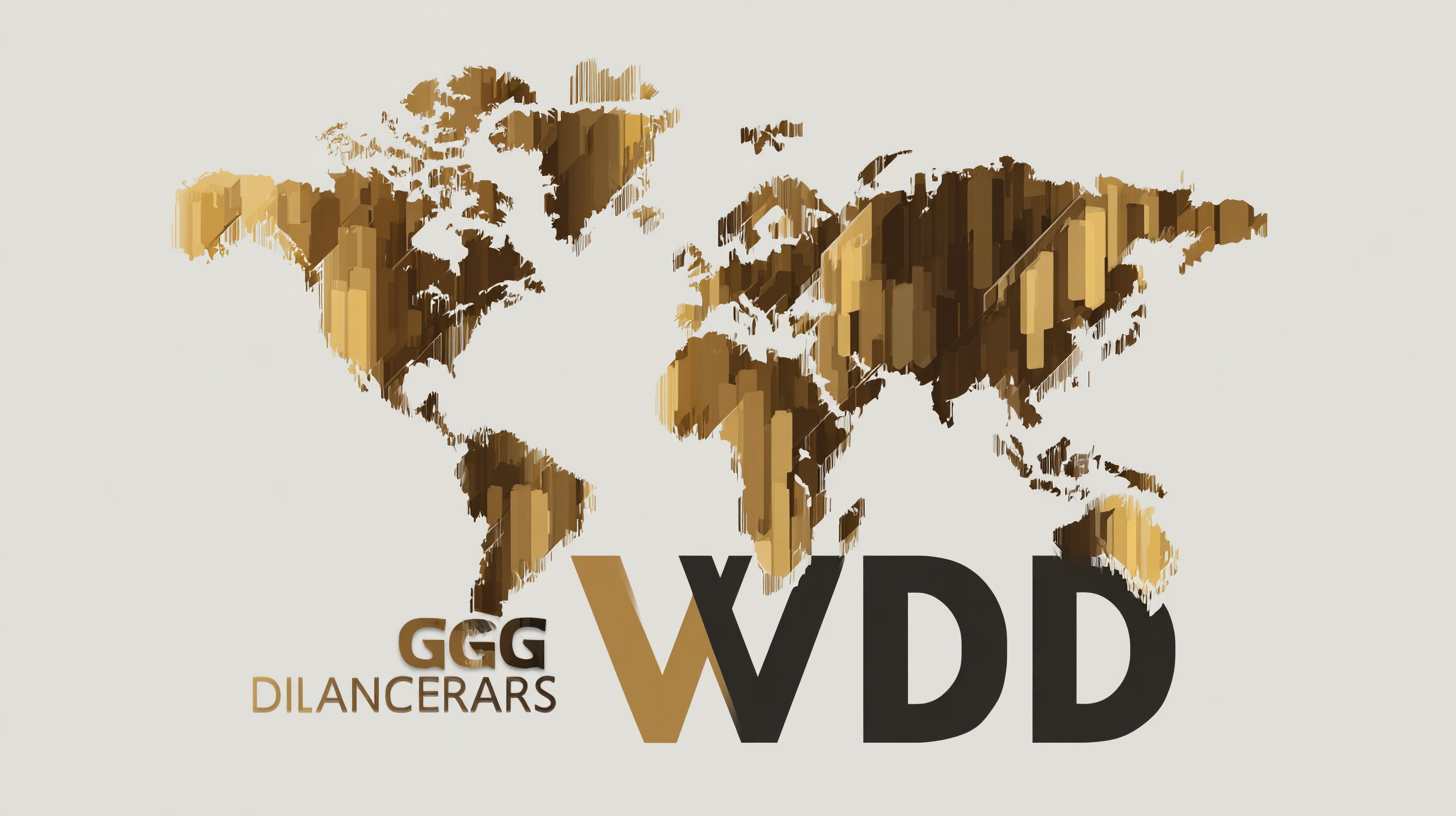 English
English-
 English
English -
 Español
Español -
 Português
Português -
 русский
русский -
 Français
Français -
 日本語
日本語 -
 Deutsch
Deutsch -
 tiếng Việt
tiếng Việt -
 Italiano
Italiano -
 Nederlands
Nederlands -
 ภาษาไทย
ภาษาไทย -
 Polski
Polski -
 한국어
한국어 -
 Svenska
Svenska -
 magyar
magyar -
 Malay
Malay -
 বাংলা ভাষার
বাংলা ভাষার -
 Dansk
Dansk -
 Suomi
Suomi -
 हिन्दी
हिन्दी -
 Pilipino
Pilipino -
 Türkçe
Türkçe -
 Gaeilge
Gaeilge -
 العربية
العربية -
 Indonesia
Indonesia -
 Norsk
Norsk -
 تمل
تمل -
 český
český -
 ελληνικά
ελληνικά -
 український
український -
 Javanese
Javanese -
 فارسی
فارسی -
 தமிழ்
தமிழ் -
 తెలుగు
తెలుగు -
 नेपाली
नेपाली -
 Burmese
Burmese -
 български
български -
 ລາວ
ລາວ -
 Latine
Latine -
 Қазақша
Қазақша -
 Euskal
Euskal -
 Azərbaycan
Azərbaycan -
 Slovenský jazyk
Slovenský jazyk -
 Македонски
Македонски -
 Lietuvos
Lietuvos -
 Eesti Keel
Eesti Keel -
 Română
Română -
 Slovenski
Slovenski -
 मराठी
मराठी -
 Srpski језик
Srpski језик
A Data Driven Comparison of the Best Manufacturers to Enhance Your Global Sourcing Strategy
In today’s highly competitive global marketplace, selecting the right manufacturers is crucial for enhancing your sourcing strategy. As businesses strive for efficiency and cost-effectiveness, a data-driven approach can provide invaluable insights into manufacturers’ performance, capabilities, and reliability. This blog will delve into a comprehensive comparison of top manufacturers, examining key metrics such as production quality, lead times, and innovation. By leveraging this data, companies can make informed decisions that not only streamline their supply chain but also foster long-term partnerships with reliable partners. Whether you are a seasoned sourcing professional or new to global procurement, our insights and tips will help you navigate the complex landscape of manufacturers, ensuring your strategy is well-optimized for success.

Understanding Key Technical Parameters of Top Manufacturers for Sourcing Decisions
When enhancing your global sourcing strategy, it's essential to understand the key technical parameters that distinguish top manufacturers. Key performance indicators such as production capacity, lead times, and quality standards can significantly influence sourcing decisions. For instance, a manufacturer with a higher production capacity may fulfill large orders more efficiently, while those with rigorous quality control measures ensure that products meet essential standards. Evaluating these parameters helps you select a partner who aligns with your needs in both reliability and scalability.
Additionally, factors such as technological advancements and innovation capabilities play a crucial role in the decision-making process. Manufacturers that invest in advanced machinery and automation can often deliver products faster and with greater precision. Furthermore, understanding a manufacturer’s commitment to sustainable practices not only impacts your brand’s reputation but also addresses growing consumer preferences for eco-friendly products. By prioritizing these technical criteria, businesses can select manufacturers that not only meet their immediate requirements but also contribute to long-term strategic goals.
A Data Driven Comparison of the Best Manufacturers to Enhance Your Global Sourcing Strategy
| Manufacturer Region | Max Output (Units/Month) | Production Lead Time (Days) | Quality Rating (1-10) | Sustainability Score (1-100) |
|---|---|---|---|---|
| Asia | 50000 | 30 | 9 | 85 |
| North America | 30000 | 45 | 8 | 75 |
| Europe | 25000 | 40 | 9 | 90 |
| South America | 20000 | 50 | 7 | 70 |
| Africa | 15000 | 60 | 6 | 65 |
Evaluating Manufacturer Reliability and Quality through Industry-Specific Metrics
In today's competitive landscape, evaluating manufacturer reliability and quality is paramount for enhancing your global sourcing strategy. Companies are increasingly turning to industry-specific metrics that provide insight into a manufacturer’s performance. These metrics, which can include on-time delivery rates, defect rates, and compliance with quality standards, serve as essential indicators of a manufacturer’s reliability. By leveraging data-driven comparisons, businesses can identify which manufacturers consistently meet or exceed these standards, ensuring that they form partnerships that are both productive and dependable.

Furthermore, it's crucial to consider factors such as the manufacturer’s capacity for innovation, responsiveness to change, and customer service. These qualitative aspects, when assessed alongside quantitative metrics, allow businesses to build a comprehensive profile of potential suppliers. For instance, a manufacturer that excels in delivering high-quality products but struggles with communication may not be the right fit for a company that values collaboration.
By utilizing a broad array of industry-specific metrics, organizations can make informed decisions that enhance their sourcing strategies, ultimately leading to better product quality and customer satisfaction.
The Role of Supply Chain Transparency in Enhancing Global Sourcing
In the competitive landscape of global sourcing, supply chain transparency plays a crucial role in enhancing operational efficiency and building trust among stakeholders. According to a report by McKinsey, 60% of companies prioritize supply chain transparency as a critical factor in their sourcing strategies. This emphasis on transparency not only mitigates risks associated with unethical practices but also facilitates better decision-making based on real-time data.

Furthermore, a study published by the Institute for Supply Management revealed that organizations with transparent supply chains saw a 25% improvement in supplier performance scores. This improvement stems from the ability to monitor supplier activities closely, ensuring compliance with quality standards and ethical sourcing guidelines. As businesses strive to optimize their global sourcing strategies, the integration of advanced technologies such as blockchain and IoT is becoming increasingly vital. These technologies enable real-time tracking of products and materials, fostering an environment of accountability and responsiveness that is essential for maintaining a robust supply chain.
Leveraging Data Analytics to Optimize Manufacturer Selection and Performance
In today's competitive landscape, optimizing manufacturer selection is critical for enhancing your global sourcing strategy. Leveraging data analytics provides invaluable insights that aid businesses in evaluating potential suppliers based on performance metrics, reliability, and cost-effectiveness. By analyzing key performance indicators (KPIs), companies can make informed decisions that align with their strategic goals, ensuring sustainable partnerships.
**Tip 1:** Utilize data visualization tools to assess supplier performance over time. This allows you to identify trends and make comparisons across different manufacturers, helping you pinpoint the best partners for your needs.
**Tip 2:** Incorporate risk analysis into your data-driven approach. By examining historical data related to delays, quality issues, and market fluctuations, you can minimize potential disruptions and select manufacturers who demonstrate resilience and adaptability.
Integrating these analytical techniques not only streamlines the selection process but also enhances overall supplier management. Companies that commit to a data-driven methodology can expect improved efficiency and stronger relationships with their manufacturing partners.
A Data Driven Comparison of Manufacturer Performance
This chart compares the average performance ratings of various manufacturers across different key metrics based on data analytics. The metrics include Quality, Delivery Timeliness, and Cost Efficiency.
Comparative Analysis of Product Costs and Lead Times Across Leading Suppliers
In today’s competitive landscape, understanding the intricacies of product costs and lead times is crucial for businesses looking to optimize their global sourcing strategies. A comparative analysis of leading suppliers reveals significant variations in pricing and delivery schedules, which can directly impact overall operational efficiency.
By examining these factors, companies can make informed decisions that align with their financial objectives and customer expectations.
For instance, some manufacturers may offer lower product costs but come with extended lead times, affecting inventory management and supply chain agility. Conversely, suppliers with higher costs might provide faster delivery, ensuring that businesses can respond quickly to market demands.
The key lies in evaluating the trade-offs between cost savings and timely delivery, allowing decision-makers to choose partners that best fit their strategic goals. By leveraging data-driven insights into these aspects, companies can refine their sourcing strategies to achieve a balance that maximizes both profitability and customer satisfaction.

